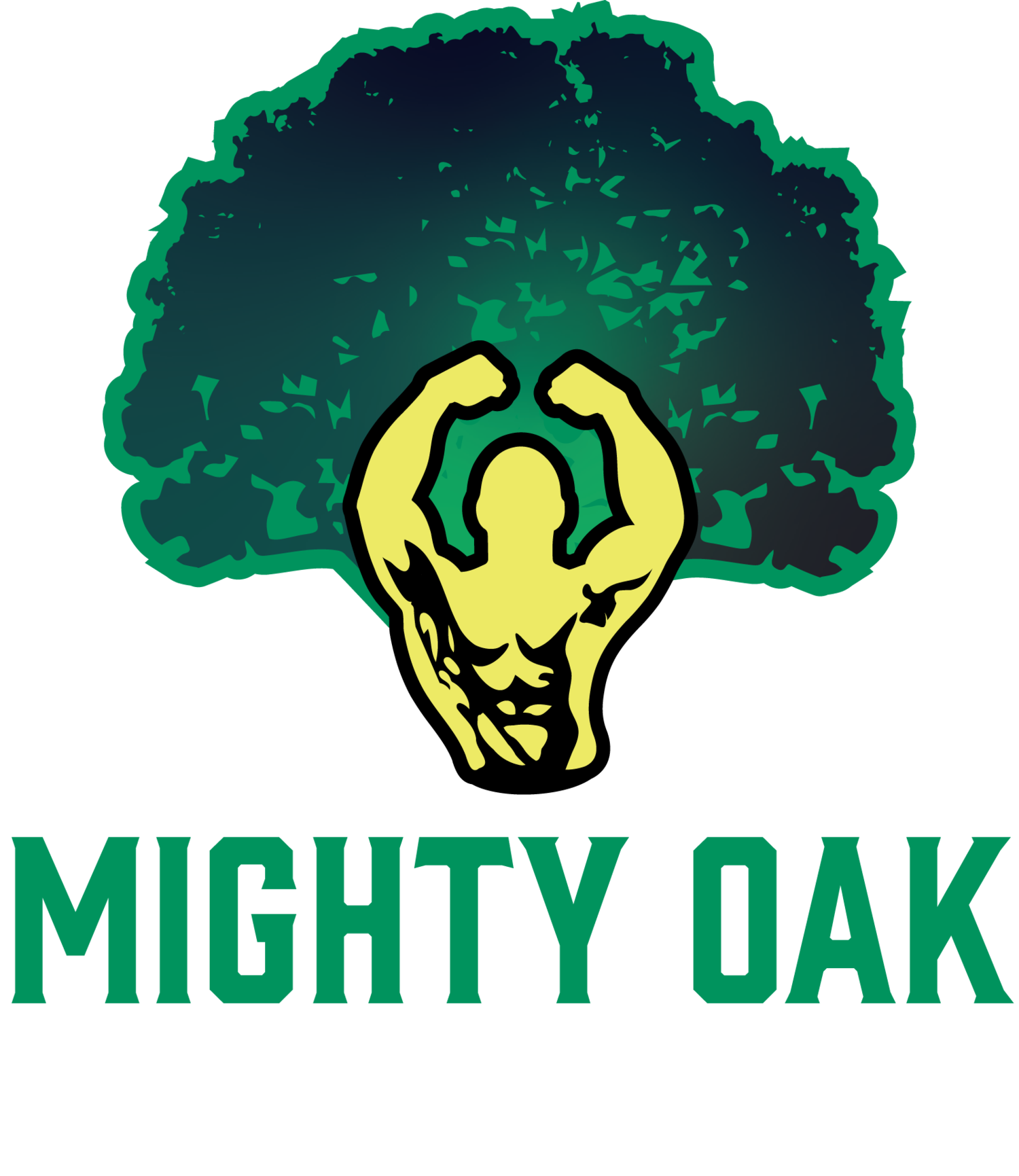How to Achieve Peak Athletic Performance with Football Off-Season Strength Training
Football's grand finale, the Super Bowl, marks not just the end of the season but the beginning of a crucial phase for athletes: the off-season. It's during this period that players lay the groundwork for the following year's performance. For those associated with Mighty Oak Athletic, the message is clear - the off-season is not a time to rest on laurels but to get into the gym and start strength training.
Building the Foundation for Peak Performance
Off-season strength training is pivotal for football players at every level. The physical demands of football require players to possess not just skill, but significant strength, power, and endurance. Off-season training provides the opportunity to build on these aspects without the pressure of upcoming games. It allows players to focus on increasing muscle mass, improving strength, and enhancing power. These gains translate directly to on-field performance, enabling athletes to hit harder, run faster, and stay active longer.
Enhancing Muscular Balance and Symmetry
Football is a sport that often favors certain muscle groups over others, depending on the player's position and playing style. This can lead to muscular imbalances, which are a common source of injury. Off-season strength training, particularly programs that focus on compound movements and address the body as a whole, can correct these imbalances. By strengthening weaker muscle groups and ensuring that both sides of the body are equally strong, players can achieve better overall symmetry, reducing the risk of injury.
Injury Prevention Through Strength and Stability
One of the most significant benefits of off-season strength training is injury prevention. A well-structured strength program increases the strength of not just the muscles but the tendons, ligaments, and bones. This enhances the body's overall resilience, making it more capable of withstanding the impacts and stresses of the regular season. Furthermore, strength training improves joint stability and flexibility, further safeguarding against common football injuries such as ACL tears, hamstring strains, and ankle sprains.
Mental Resilience and Team Cohesion
The benefits of off-season strength training are not purely physical. The discipline, commitment, and effort required to adhere to a rigorous off-season program also foster mental resilience. Athletes learn to push through barriers, set goals, and work consistently toward achieving them. Moreover, off-season training sessions can serve as team-building opportunities, strengthening the bond among teammates as they work together towards common goals outside of the competitive season.
Off-season strength training is a critical component of a football player's development and preparation for the upcoming season. By focusing on building strength, correcting imbalances, preventing injuries, and fostering mental resilience, athletes set themselves up for success. For members of the Mighty Oak Athletic community, the message is unequivocal: the time to start preparing for next season is now. The gym awaits, and with it, the opportunity to build a stronger, more resilient, and cohesive team ready to tackle the challenges of the next season head-on.

